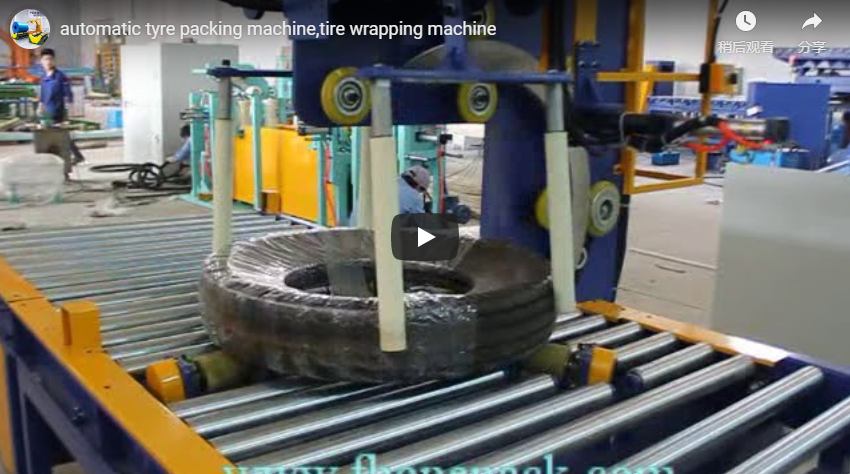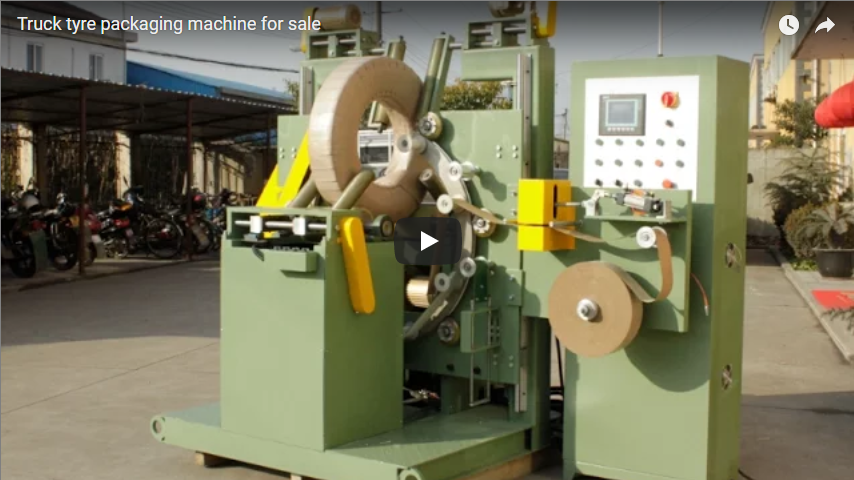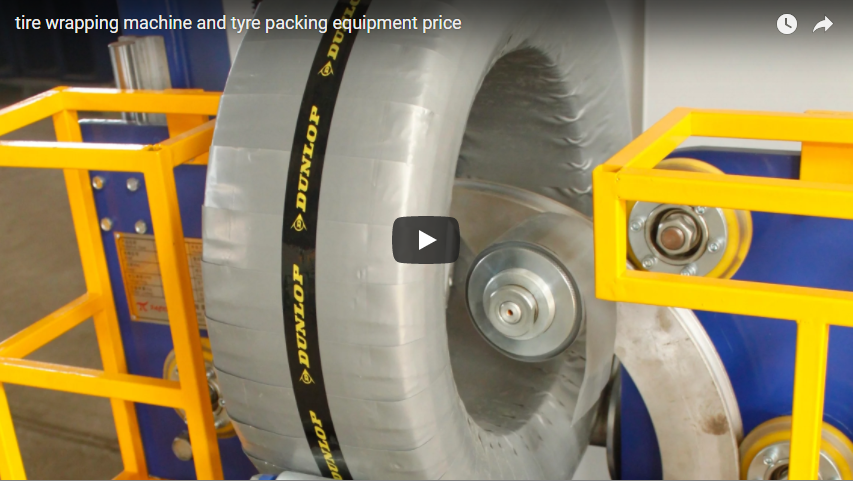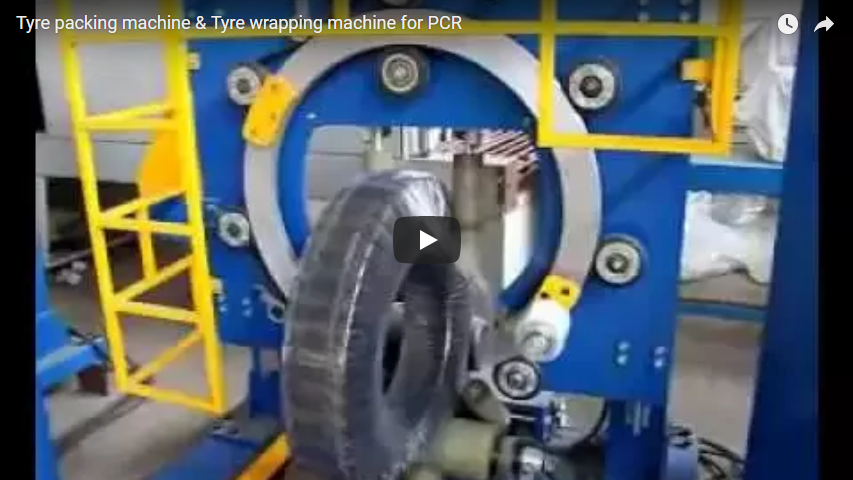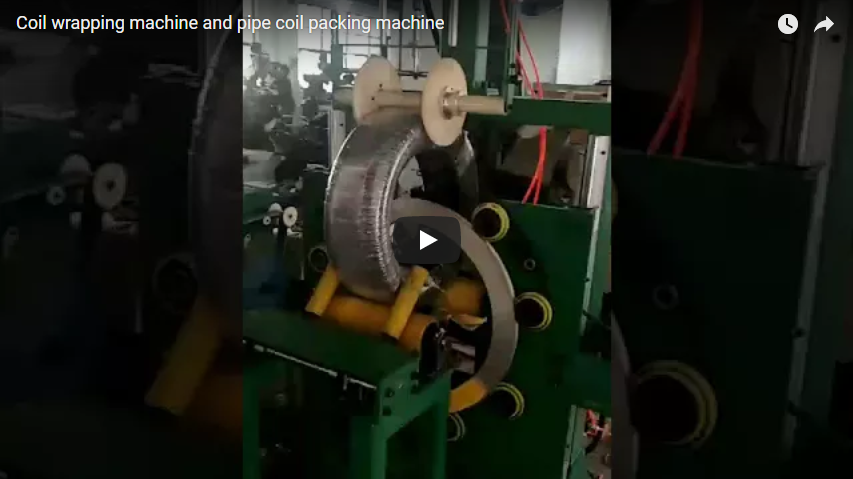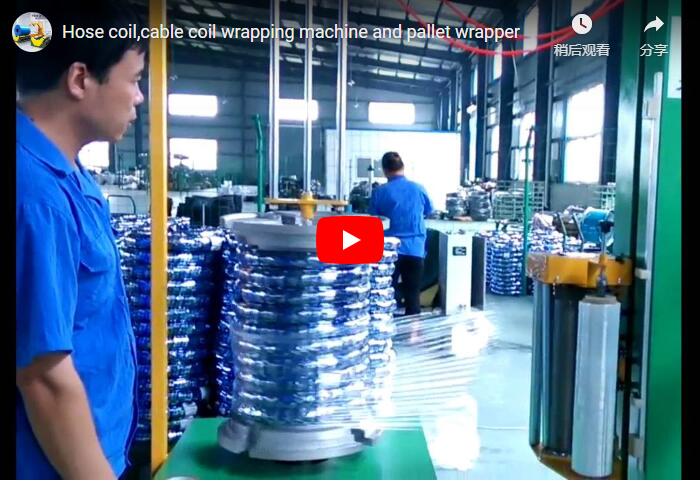Technical Deep Dive: Fully Automatic Wrapping Machine for Heavy Steel Coils
Protecting large, heavy steel coils during storage and transportation is a critical challenge in the metals industry. These coils are susceptible to environmental factors like moisture, leading to corrosion, as well as physical damage from handling. Ensuring product integrity requires robust LLDPE stretch film or paper packaging solutions. Fully automatic coil wrapping machines offer an efficient, reliable, and safe method to achieve this protection. This article provides a technical overview of such a system, focusing on its operational principles, key specifications, and practical considerations.
Video showcasing the operation of a fully automatic steel coil wrapping machine.
1. The Challenge: Safeguarding High-Value Steel Coils
Large steel coils, often weighing several tons, present unique handling and packaging difficulties:
- Weight and Size: Require specialized, heavy-duty equipment for safe movement.
- Surface Sensitivity: Prone to scratches, dents, and especially corrosion if exposed to humidity or contaminants.
- Handling Efficiency: Manual or semi-manual wrapping processes are time-consuming, labor-intensive, and can lead to inconsistent wrap quality.
- Safety: Minimizing manual interaction during the handling and wrapping of heavy coils is paramount.
Automated solutions like the coil wrapping machine shown address these challenges directly.
2. Operational Principles: A Step-by-Step Breakdown
This type of machine typically employs a horizontal through-eye wrapping process:
- Infeed Conveying: The steel coil is transported to the wrapping station via a powered roller conveyor. To prevent surface damage to the coil, these rollers are often coated with Polyurethane (PU) or a similar non-abrasive material.
- Positioning: Sensors detect the coil's presence and position it correctly within the wrapping ring's path.
- Wrapping Cycle Initiation: Once the coil is in place, the main wrapping ring begins to rotate around the coil's central axis (through the "eye").
- Material Dispensing & Application: The packing material (in this case, paper, though stretch film or VCI paper are also common) is mounted on a shuttle on the rotating ring. As the ring turns, it dispenses the material, applying it circumferentially around the coil. Precise tension control ensures a tight, secure wrap without damaging the coil edges. The material roll is typically positioned near the wrapping station for easy replenishment.
- Coil Rotation/Indexing (Optional): For full coverage, either the coil itself may slowly rotate on its axis via driven support rollers, or the wrapping traverse may move along the coil width, ensuring overlap between successive wraps.
- Automated Cutting & Clamping: Upon completion of the programmed wrap cycle (often determined by ring revolution count or timer), an automated mechanism cuts the packing material. Advanced systems perform this cutting and subsequent clamping of the material tail without stopping the ring's rotation, maximizing throughput.
- Outfeed Conveying: The fully wrapped coil is then transported away from the wrapping station via the PU-coated roller conveyor system, ready for the next stage of logistics or storage.
3. Key Technical Specifications and Features
While specific configurations vary, typical technical parameters for a machine handling heavy coils include:
- Machine Type: Fully Automatic Horizontal Through-Eye Coil Wrapper
- Target Product: Large/Heavy Steel Coils (also applicable to aluminum, copper coils)
- Coil Parameters Example:
- Outer Diameter (OD): Up to 1650 mm (or as specified)
- Width: 50 mm – 450 mm (or as specified)
- Maximum Weight: 3000 kg (3 Tons) (or as specified)
- Packing Material: Paper (as shown), LLDPE Stretch Film, VCI Paper, Woven Belt etc.
- Wrapping Mechanism: Rotating ring with material dispensing shuttle.
- Control System: PLC (Programmable Logic Controller) for automation, sequencing, and parameter adjustment (e.g., wrap overlap, tension). HMI (Human-Machine Interface) for operator control and monitoring.
- Conveyor System: Powered rollers, typically PU-coated for product protection during infeed and outfeed.
- Cutting System: Automated, often pneumatic or electro-mechanical, designed for clean cuts without process interruption.
- Safety Features: Physical guarding, safety interlocks, emergency stop buttons, light curtains (optional).
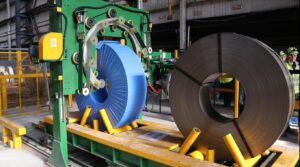
4. Experience Sharing & Best Practices
Implementing and operating such machinery effectively involves several considerations:
- Material Selection: Paper provides good basic protection and is recyclable. For enhanced moisture or corrosion resistance, VCI-impregnated paper or stretch film might be preferred. Stretch film offers containment force, useful for stabilizing irregularly shaped coils or loose ends.
- Integration: These machines are often "online," meaning they are integrated seamlessly into a larger production or processing line, receiving coils directly from slitters, rewinders, or annealing furnaces. Proper synchronization via the PLC is crucial.
- Tension Control: Maintaining the correct wrapping tension is vital. Too loose, and the wrap is ineffective; too tight, and it could damage coil edges or waste material. Modern systems offer adjustable, often automated, tension control.
- Maintenance: Regular inspection and maintenance of rotating parts (ring, rollers), cutting blades, material grippers, and conveyor systems are essential for reliable operation and longevity. Preventive maintenance schedules should be strictly followed.
- Operator Training: Although automated, operators need training on safe operation, HMI usage, material loading, basic troubleshooting, and emergency procedures.
5. Advantages of Automated Coil Wrapping
Transitioning to a fully automatic wrapping system offers significant benefits:
- Consistent Protection: Ensures uniform application of packing material across every coil.
- Increased Throughput: Significantly faster than manual or semi-automatic methods, improving overall line efficiency.
- Reduced Labor Costs: Frees up personnel from demanding and repetitive manual tasks.
- Enhanced Safety: Minimizes direct human interaction with heavy coils during the wrapping process.
- Material Optimization: Precise control over material usage and overlap reduces waste compared to manual application.
- Improved Load Stability: Properly wrapped coils are more stable for handling and shipping.
Conclusion
Fully automatic coil wrapping machines represent a critical technology for the steel and metal processing industries. By providing consistent, efficient, and safe packaging, they protect valuable inventory, streamline logistics, and contribute to overall operational excellence. Understanding the technical aspects, operational sequence, and best practices associated with these systems allows businesses to maximize their return on investment and ensure product quality reaches the end customer intact.
Back to front page: https://www.fhopepack.com/

